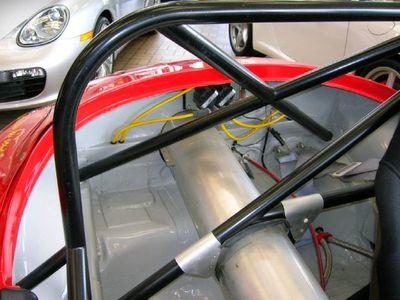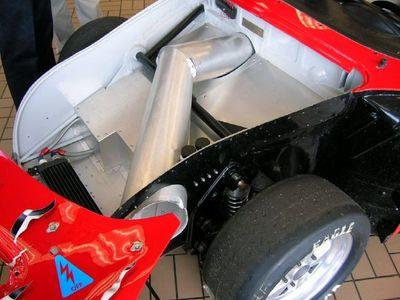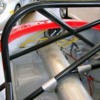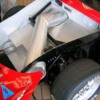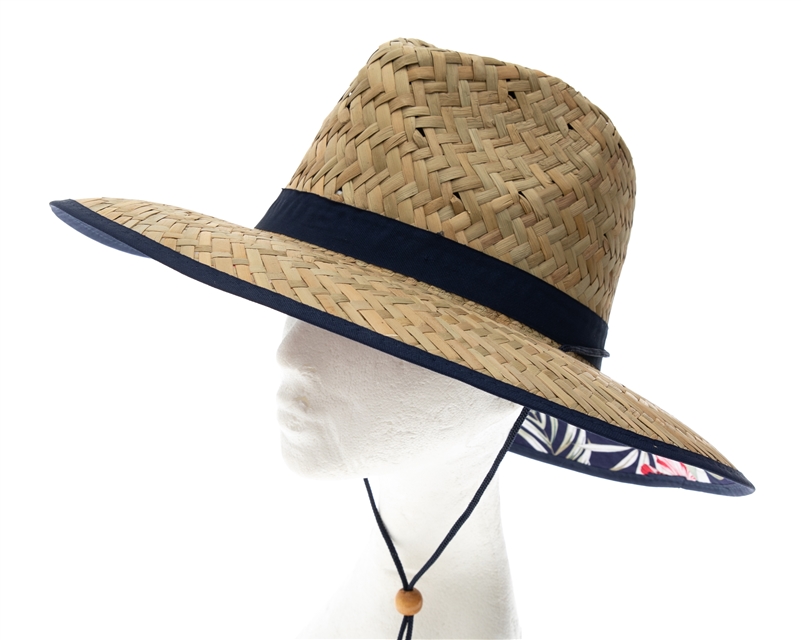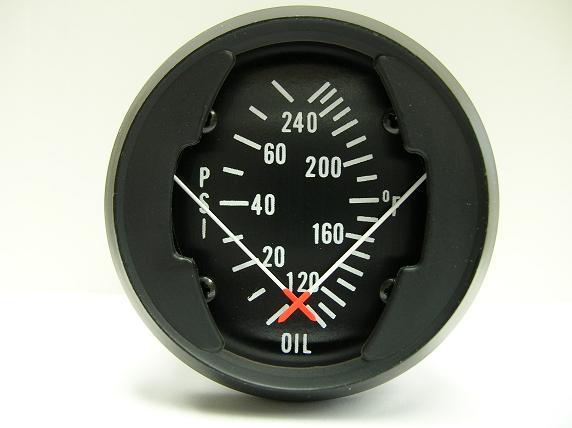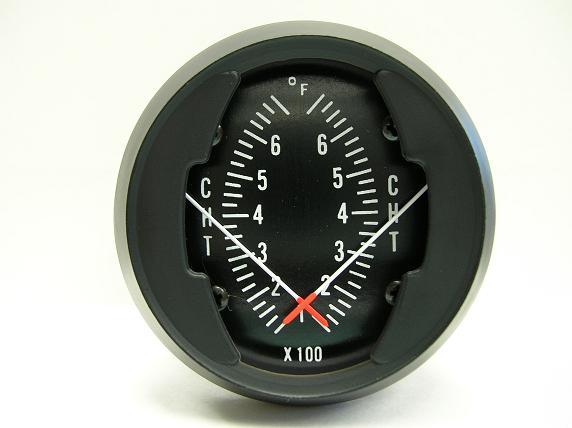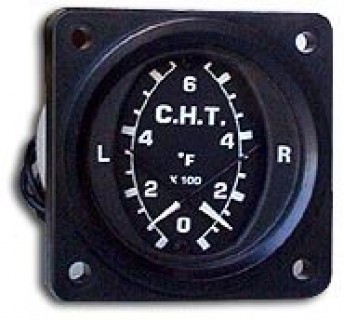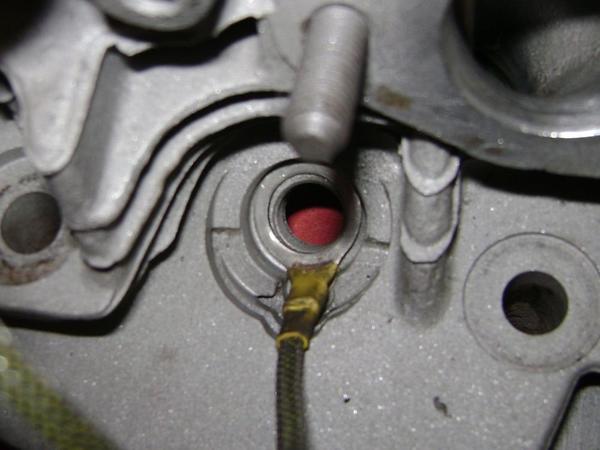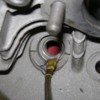I know Stan monitors the cht of all 4 cylinders, but for most people just #3 is adequate. As Stan has menioned, when something is wrong he immediately knows which cylinder it is, so there is value in knowing at a glance the state of each of the 4. The VDO cht gauge is not temperature compensated (will read as much as 30 or 40' low when the ambient temp is above 70'F and high when ambient is below), so it's not the best choice.
I think a cylinder head temp gauge is essential with any bigger, modified VW aircooled engine in a confined engine compartment such as a Speedster and will definitively tell you your engine's state of happiness. Cht, if monitored from under the spark plug has the advantage of telling you what's going on right now. Oil temp, while also valuable information (and needs to be kept under control), is the result of what happened a minute or 3 ago, and can lead to a false sense of security, as an additional cooler will keep the oil temps under control under almost all conditions while the heads can be so hot they're slowling destroying themselves (and the rest of the engine). The thing will die (usually somewhere out in the middle of nowhere) with no warning and you'll be left scratching your head muttering "what the h*ll happened?".
Someone on the Samba advocates monitoring the air temperature inside the engine compartment, the idea being anytime it is noticeably hotter inside than outside there is not enough airflow into/through the engine compartment to be removing all the heat, and some of it is being recirculated back into fan and carburetors, which (when you think of it) is exactly what you don't want! The recirculated air just gets hotter and hotter...I think this is something a lot of guys don't pay nearly enough attention to.
When stuffing a larger engine that makes 2, 2 1/2 or 3 times the original horsepower into a car we have to remember that we're now the engineers in charge- we're in uncharted territory, as the airflow and cooling requirements of a larger, more powerful aircooled engine are completely different than those of a stock 15 or 1600, or even lightly warmed over 1776 or 1835. Although our cars and original 356's are the same general shapes, we can't look to Porsche for ideas either, as that's where the similarity ends, as no stock 356 engine (other than the 4 cam series) never made more than 90 hp (which is about the output of a mild 1835 or 1915).
Where we can find information is vintage racing, where guys are trying to make high strung 356 engines making anywhere from 130 -160hp last as long as possible. Some cut the underneath of the engine lid up for as much air movement as possible, and at least 1 team ducts air into the engine compartment from the front through a tube a foot or more in diameter. In a world where engine life is sometimes measured in racing sessions (not seasons), does it take much to figure out what they've discovered?
The secret is air!
Btw- threads are locked after a certain time of inactivity (you'll have to ask Theron for an explanation).
PS- Sorry Tebs, couldn't keep it to 2 paragraphs!
